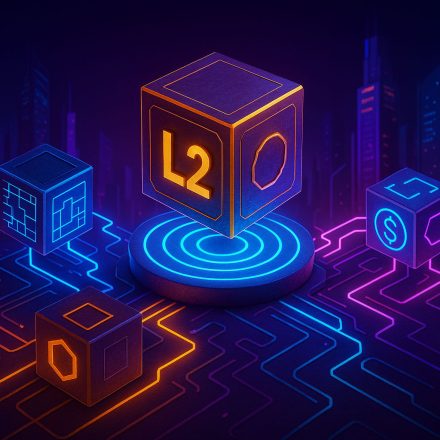
🧩 What Is Sharding and How It Helps Scalability: 7 Key Insights
What is sharding and how it helps scalability is a question on the minds of anyone following blockchain innovation. As networks like Ethereum face congestion and high gas fees, sharding has emerged as a powerful solution to scale blockchains without sacrificing decentralization or security.
Table Of Content
This guide breaks down the concept of sharding in simple terms, explains how it works, and why it’s essential for the future of scalable, global blockchain infrastructure.
🔍 What Is Sharding in Blockchain?
Sharding is a method of dividing a blockchain network into smaller, more manageable parts called shards. Each shard processes its own transactions and smart contracts, rather than relying on the entire network to do everything.
This approach:
- Increases throughput
- Reduces network congestion
- Allows parallel transaction processing
You can think of it like dividing a huge database into smaller, faster databases that work together.
📈 Why Sharding Matters for Scalability
The scalability problem in blockchain boils down to performance. Most blockchains (especially Ethereum pre-upgrades) can only process a limited number of transactions per second (TPS), creating bottlenecks.
By using sharding:
- Each shard can process transactions independently
- The network’s total TPS increases dramatically
- More users and dApps can operate simultaneously without slowing things down
⚙️ How Sharding Works
Here’s a simplified overview:
- The blockchain is split into shards (e.g., 64 in Ethereum’s plan).
- Each shard handles its own subset of data and smart contracts.
- Validators are assigned to shards randomly to ensure security.
- A coordination mechanism (like the Beacon Chain) keeps everything synced.
Each shard still connects to the main network but operates semi-independently — like departments in a company all working on different projects at the same time.
🧠 Types of Sharding in Blockchain
| Type | Description |
|---|---|
| State Sharding | Distributes blockchain state data across shards |
| Transaction Sharding | Divides transaction processing between shards |
| Network Sharding | Distributes nodes and communication duties |
Some blockchains use a combination of all three to optimize performance.
🔄 Sharding vs Other Scaling Solutions
| Scaling Solution | Layer | Technique | Example |
|---|---|---|---|
| Sharding | Layer 1 | Network-level data division | Ethereum 2.0 (future) |
| Rollups (L2) | Layer 2 | Batch transactions off-chain | Arbitrum, zkSync |
| Sidechains | Layer 2 | Independent blockchains | Polygon PoS |
| Channels | Layer 2 | Private off-chain channels | Lightning Network |
Sharding is unique because it’s built into the blockchain itself, while Layer 2 solutions sit on top of it.
⚠️ Challenges and Criticisms of Sharding
While promising, sharding also presents technical hurdles:
- Cross-shard communication: Transactions between shards must be carefully coordinated.
- Validator rotation: Ensuring random, secure validator assignments is complex.
- User complexity: Developers and wallets need to handle multiple shards.
- Data availability: Ensuring all shard data is accessible is non-trivial.
Nonetheless, Ethereum and other blockchains are actively working on solutions.
🌍 Why Sharding Is Crucial for Blockchain’s Future
Sharding is a key part of Ethereum’s long-term roadmap. It’s expected to:
- Unlock 100,000+ TPS when combined with rollups
- Make Ethereum scalable enough for global adoption
- Maintain decentralization and security — the core values of Web3
What is sharding and how it helps scalability is more than a technical detail — it’s the gateway to a future where blockchain powers mainstream apps, games, and financial systems at scale.
🔗 Learn More
- Read our guide to Advanced Blockchain Concepts
- Follow Ethereum’s official sharding roadmap













